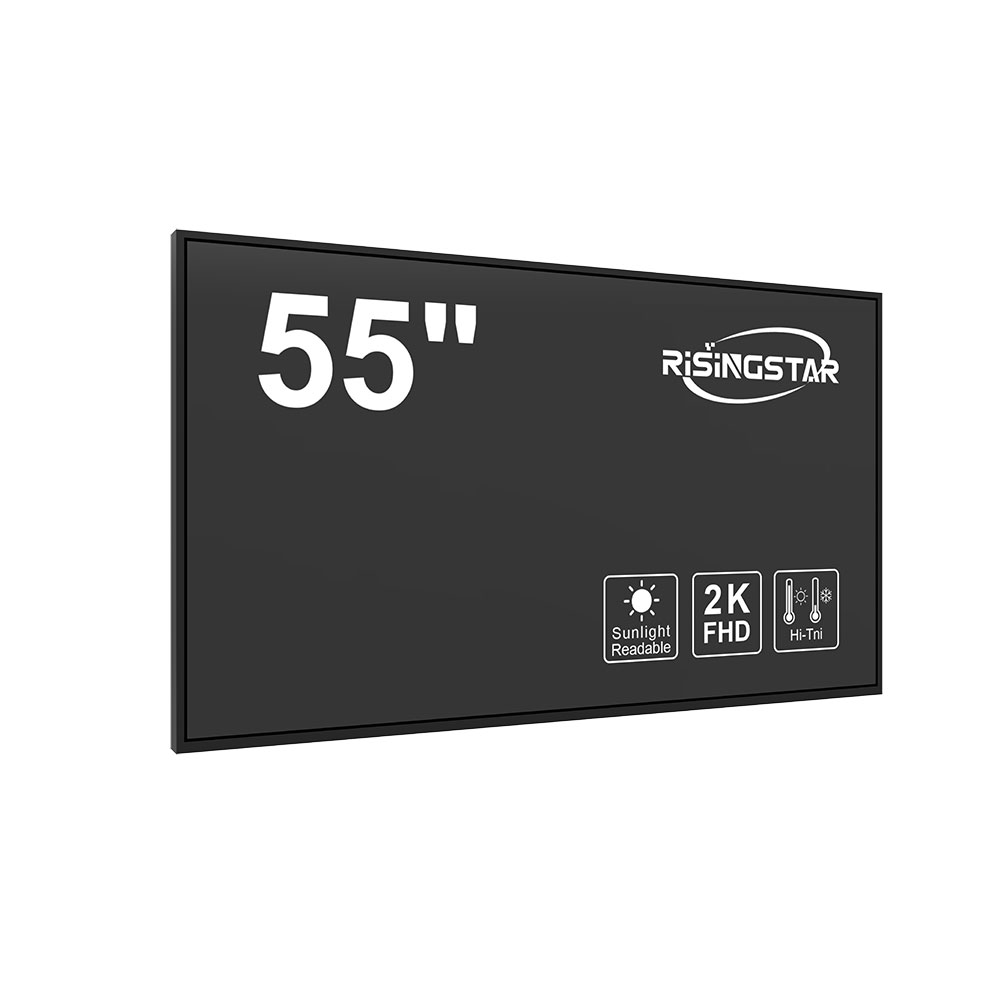In outdoor applications—such as transportation signage, military displays, and public information kiosks—sunlight-readable high-brightness LCD screens must perform reliably under extreme thermal conditions. These displays often operate at 5,000 to 10,000 nits of brightness, generating substantial heat that can compromise both image quality and component longevity. Effective heat dissipation is not merely a design consideration—it is a critical engineering requirement.
One of the most common methods is active cooling using heat pipes and vapor chambers. These systems leverage phase-change materials to transfer heat rapidly from the display’s backlight unit (BLU) to external heatsinks. For example, in a recent case study by LG Display, integrating vapor chamber technology reduced hotspot temperatures by up to 15°C compared to conventional aluminum heatsinks alone—a crucial improvement for maintaining consistent luminance across the screen surface.
Another effective strategy involves thermal interface materials (TIMs) with enhanced conductivity. Standard silicone-based TIMs are being replaced by graphene-infused or metal-paste alternatives, which can achieve thermal conductivities exceeding 20 W/m·K. According to a 2023 IEEE Transactions on Components, Packaging and Manufacturing Technology paper, such materials reduce thermal resistance between the LED backlights and the heatsink by over 40%, directly improving long-term reliability in environments exceeding 50°C ambient temperature.
Additionally, optimized airflow design plays a vital role. Industrial-grade high-brightness LCDs often use directional fans with IP65 ratings to prevent dust ingress while ensuring continuous air movement across the display module. Designers now employ computational fluid dynamics (CFD) simulations to model airflow patterns before prototyping—a practice adopted by companies like Sharp and NEC to minimize hotspots in their outdoor-ready displays.

Finally, material selection matters. Using aluminum alloys with high thermal conductivity (e.g., 6061-T6) for chassis components enhances passive heat dissipation without adding significant weight. This approach is especially valuable in mobile or airborne applications where power efficiency and durability are paramount.
Failure to address heat dissipation results in accelerated aging of LEDs, color shift, pixel failure, and even catastrophic device shutdowns in high-temperature scenarios. By combining active cooling, advanced materials, smart airflow, and rigorous thermal modeling, engineers can ensure sunlight-readable LCDs remain functional, visible, and safe—even in the harshest climates.







